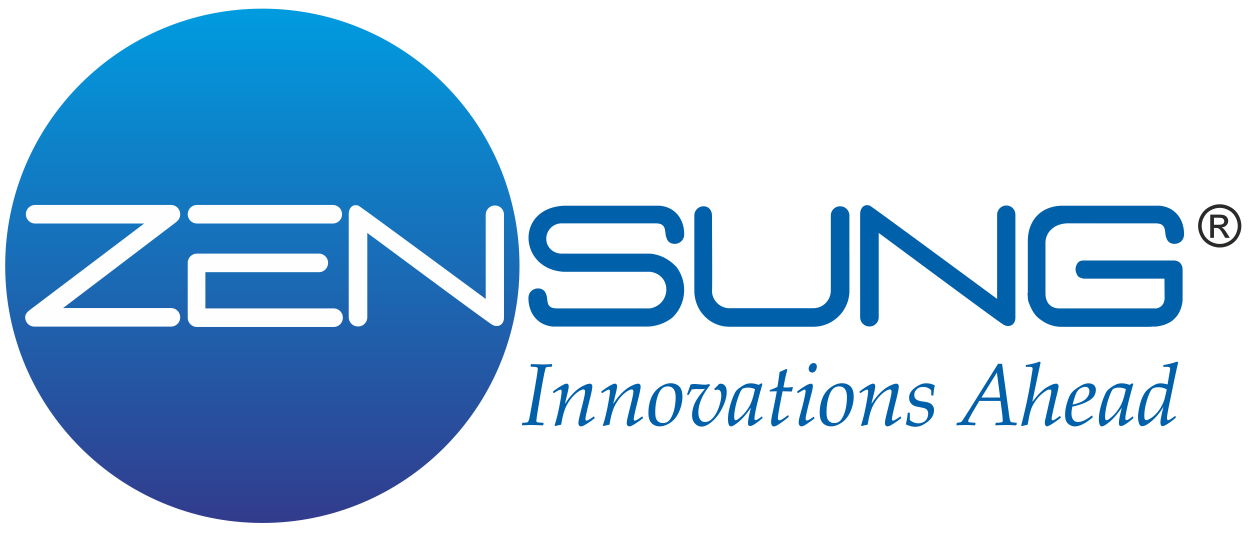
Zensung Singapore Pte. Ltd. (Zensung) is a Singapore based FinTech-InsurTech company. This company was named among the “25 hottest FinTech companies” in 2018 by the CIO Outlook magazine. It has excelled in the dynamic market with a passionate team of thought leaders, domain experts, technologists, and problem solvers. The company’s core belief is that insurance should be simple, fair, flexible, and customized, i.e., based primarily on an individual’s profile or preferences that are enabled through AI models, for, e.g., basis driving behavior for motor insurance.
With so much glory and being an innovator in the insurance industry, Zensung encountered some challenges related to bills for which they approached Cloud9.
Company
- Size: 51-200 employees
- Location: Vile Parle (E), Mumbai, India
Industry
- Financial Services
Practice Areas
Story
Zensung offered an AI-enabled insurance application for better engagement to ease the process. However, streamlining recurring bills without hampering the overall performance of the app became a challenge for the brand. Also, a lot of dormant resources was created that made things challenging. And for that purpose, they hired us to streamline their existing operations with a robust cloud infrastructure and management, meeting customer expectations.
Challenge
Zensung didn’t had clarity on bill payments on their subscriptions. They were unable to understand how the deductions of subscriptions were made or, to be precise, for which service they were paying. This is why Zensung needed us to analyze the trend in the expenditure and also work on architecture diagram which they didn’t have in place.
Moreover, Zensung was actually undergoing AWS resource management difficulties due to improper infrastructure of the subscription. This added more pressure on the in-house team because harnessing data and delivering high-quality services became a milestone that needs to achieve at the earliest.
Solutions
Cloud 9 did what it promised. We simply changed the game for Zensung by leveraging our expertise and smart technology. Our dedicated team identified the root cause of the challenges Zensung was facing — an inadequate subscription model, inefficient cloud infrastructure for resource management, and a lack of workload and cost optimization.
To address Zensung’s challenges around subscription billing clarity and resource management, our team conducted a detailed cost analysis using AWS Cost Explorer and AWS Budgets, helping them gain visibility into their spending patterns and identify cost drivers across services. We implemented AWS Cost and Usage Reports (CUR) to provide granular insights into their billing data, enabling Zensung to track and allocate costs accurately. To resolve infrastructure-related issues, we designed and delivered a well-architected solution using AWS Well-Architected Tool, along with creating a comprehensive architecture diagram for better visibility and management of their resources. Additionally, we leveraged AWS Organizations and AWS Resource Groups to streamline account management and resource tagging, making it easier for their internal teams to monitor and control usage across multiple environments. These strategic interventions not only optimized Zensung’s AWS spend but also empowered their team to manage resources more effectively while ensuring scalability and operational efficiency.
Results
Cloud 9 delivered measurable results for Zensung by ensuring that the efficiency and performance of their application remained intact while achieving a 20% reduction in overall billing. Through strategic production environment optimization, we significantly reduced unnecessary spending without affecting performance.
To further drive cost efficiency, we recommended right-sizing compute instances to align with actual usage patterns. Based on these optimizations, we proposed Reserved Instances for long-term workloads. This approach led to additional savings of approximately 25%–30% per instance per year.
By eliminating dormant resources from the subscription, Zensung gained clear visibility into their service-related expenses, enhancing cost transparency and control. These efforts empowered the brand to streamline workloads and operational processes, stay competitive in the market, and build a scalable, cost-effective cloud infrastructure.

